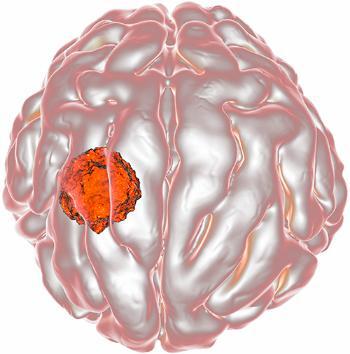 Glioblastoma Multiforme is one of the most invasive types of brain tumor. It has a poor survival rate and a high incidence of recurrent seizures. When chemotherapy drugs are administered to treat the tumor, they can fail to reach the tumor correctly and then cause severe side effects through a patient's entire system. Patients also take antiepileptic drugs, which, combined with chemotherapy, reduce the patient's quality of life, and can lead to additional medical problems and death.
Glioblastoma Multiforme is one of the most invasive types of brain tumor. It has a poor survival rate and a high incidence of recurrent seizures. When chemotherapy drugs are administered to treat the tumor, they can fail to reach the tumor correctly and then cause severe side effects through a patient's entire system. Patients also take antiepileptic drugs, which, combined with chemotherapy, reduce the patient's quality of life, and can lead to additional medical problems and death.
- Glioblastoma Multiforme is the most common adult brain tumor, with an estimated 3.2 cases per 100,000 individuals worldwide.
- This is the highest rate among malignant brain and central nervous system tumors.
- Incidence is highest in the northeast and lowest in the south-central region of United States.
Facts about Glioblastome Multiforme
- Mortality rate: Glioblastoma Multiforme is the most malignant of tumors of the astrocytoma, a type of nerve cell. The median overall survival rate is approximately 12 months and only 4.8% to 5.4% of patients survive five years.
- Age: The disease tends to affect older adults and the elderly population. The median age at diagnosis is 64 years with the incidence peaking at 75 to 84 years and dropping after 85 years. This illness is not common in children.
- Gender: Males are more commonly affected with Glioblastoma Multiforme, with 16 diagnosed for every 10 females. Marriage appears to improve survival, especially in males older than 60 years of age.
The center studies the neuroinflammation that mediates tumor growth and progression, possible treatment options and methods to modulate seizures caused by Glioblastoma Multiforme tumors.